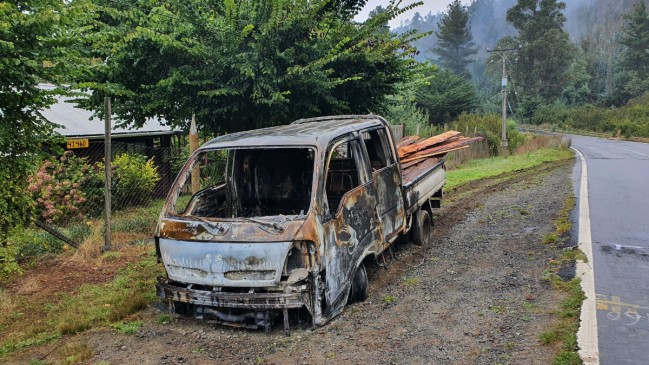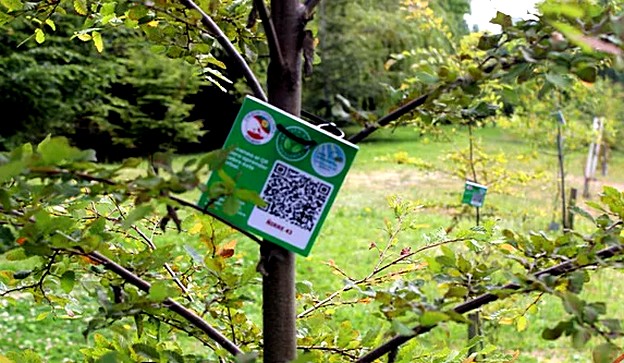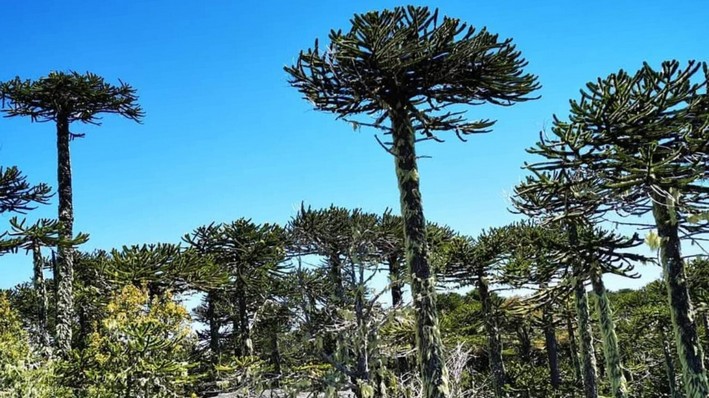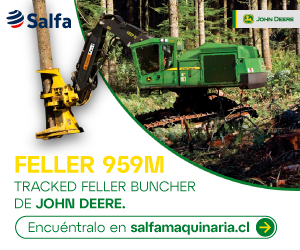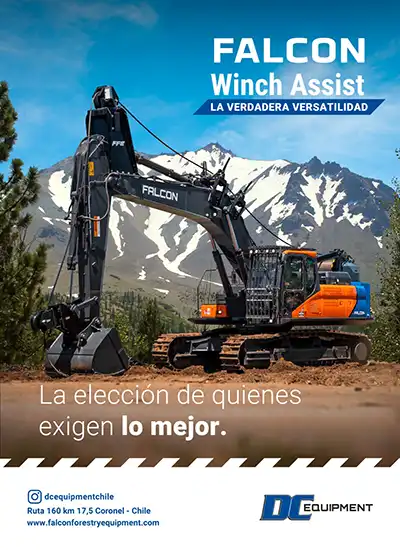Native Trees to Protect New Catirai Park in Santa Juana from Forest Fires
Species such as arrayán, boldo, peumo, quillay, maitén, corcolén, espino, and maqui will be planted. The natural space is currently in the design phase, a project expected to be completed by November next year with an investment of 2 billion pesos.
The plantation of hualle, peumo, and litre trees that Santiago Quezada, president of the Santa Juana Communal Union of Neighborhood Councils, had around his house in Paso Hondo prevented his home from burning during last year's wildfires that affected the commune.
"In contrast, the warehouse near my neighbor's pine plantation burned completely because pines are not a native species that can contain fire. The damage caused by wildfires depends greatly on the planted species. That’s why it’s so important to plant native species in areas where new projects are planned and in fire-affected zones, like the ones I had, to prevent the fire from spreading," said the community leader.
Elisabeth Leighton, acting mayor of Santa Juana, stated that after last year's events, which devastated 200,000 hectares in the commune, prevention is vital. Thus, for the upcoming Catirai Park—where 5 hectares burned during the disaster—they will not only create firebreaks but also plant native species to limit fire spread.
"The planning and park management design are crucial, not only because it’s a massive investment of 2 billion pesos but also because it involves restoring a heritage value for the commune. We can’t leave matters as important as prevention and the future park’s care to chance to avoid fires or be prepared if they occur."
Claudio Garrido, head of the municipality’s Environment and Sustainability Department, explained that the project is based on an ecological biodiversity restoration diagnosis by CONAF. "It’s proven that native species have greater fire resistance."
Rodrigo Jara, regional director of CONAF Biobío, stated that through the "+ (More) Forests" project under CONAF’s National Climate Change and Vegetation Resources Strategy, they plan to intervene in 45 hectares on Cerro Catirai, including erosion control (already underway) and planting 60,000 trees. "So far, 4,809 have been planted, awaiting the release of post-harvest areas of burned pines to plant the rest."
Species like arrayán, boldo, pelú, peumo (under canopy), quillay, maitén, corcolén, espino, and maqui (in open areas) will be planted. These species are expected to better adapt to degraded post-fire soil and ongoing erosion on Cerro Catirai.
In Santa Juana, three work phases were planned, with two already executed and 90 million pesos committed.
The CONAF official highlighted that "+ (More) Forests" has 255 approved projects across 31 of Biobío’s 33 communes, covering 2,445 hectares, with a public competition underway to reach a total goal of 3,575 hectares.
Meanwhile, the municipal Environment and Sustainability head noted that CONAF’s strategic plantings near water sources and future infrastructure will help mitigate wildfire effects in the long term. "Plants need time to grow... we hope no fires disrupt this work." He clarified that mature trees can’t be planted due to lower survival rates.
Firebreaks
Garrido confirmed that firebreaks, 5 to 10 meters wide in dense areas, are being built across Catirai Hill’s 95 hectares.
"This involves clearing combustible material—organic debris, wood, bark, leaves, fallen trees—to prevent future fires from destroying the planned park and protect Santa Juana’s green lung, located in the urban area."
After the fire, firebreaks began on the hill, with finishing needed at the summit. However, mass removal risks must be managed since reforestation requires removing existing pines and eucalyptus, leaving soil unsupported and increasing landslide risks.
Beyond this work, he stressed community responsibility: no littering, cigarette butts, or campfires in the park. "We must protect this green lung—a recreational space for the commune."
New Park
María Luz Gajardo, director of SERVIU, said: "We’re designing a park highlighting the area’s natural and rural character, with sports like hiking and jogging. We’ll upgrade the skatepark and add a memorial for the 2023 fire."
The $81 million design by Consultora Benjamín Murua, due by late 2025, aims to restore the park’s history, add controlled access, and efficient lighting for extended use.
The 19-hectare project expects a 2-billion-peso investment. "We’re reclaiming this space for Santa Juana’s residents."
The acting mayor noted citizen input is shaping the park, with early ideas including an amphitheater, skate track, motorcycle circuits, and athletics areas.
"The park also hosts recreational activities and coexists with the huaso club. We envision productive spaces like commercial stalls and traditional festival areas."
Urban furniture, children’s play areas, and calisthenics circuits will be added while preserving ecological and cultural heritage.
Santiago Quezada, neighborhood council president, said the park is long-awaited, and citizen participation ensures the best outcome for the commune.
Properties of Native Trees
Claudio Garrido explained native trees mitigate fire risks due to:
1. Fire resistance: Thick bark or deep roots help some species withstand fire.
2. Natural spacing: Dispersed growth reduces fuel continuity, slowing fire spread.
3. Ground cover: Native undergrowth acts as a fire barrier.
4. Moisture retention: They maintain soil and atmospheric humidity, lowering fire risk.
5. Biodiversity: Diverse native ecosystems enhance fire resilience.
6. Deep roots: Stabilize soil and reduce post-fire erosion.
7. Nutrient cycling: Reduces available fire fuel.
8. Microclimate: Lowers temperatures and wind speeds, hindering fire spread.
"Effectiveness depends on species, density, distribution, and proper maintenance," he added.
Source:Diario Concepción










